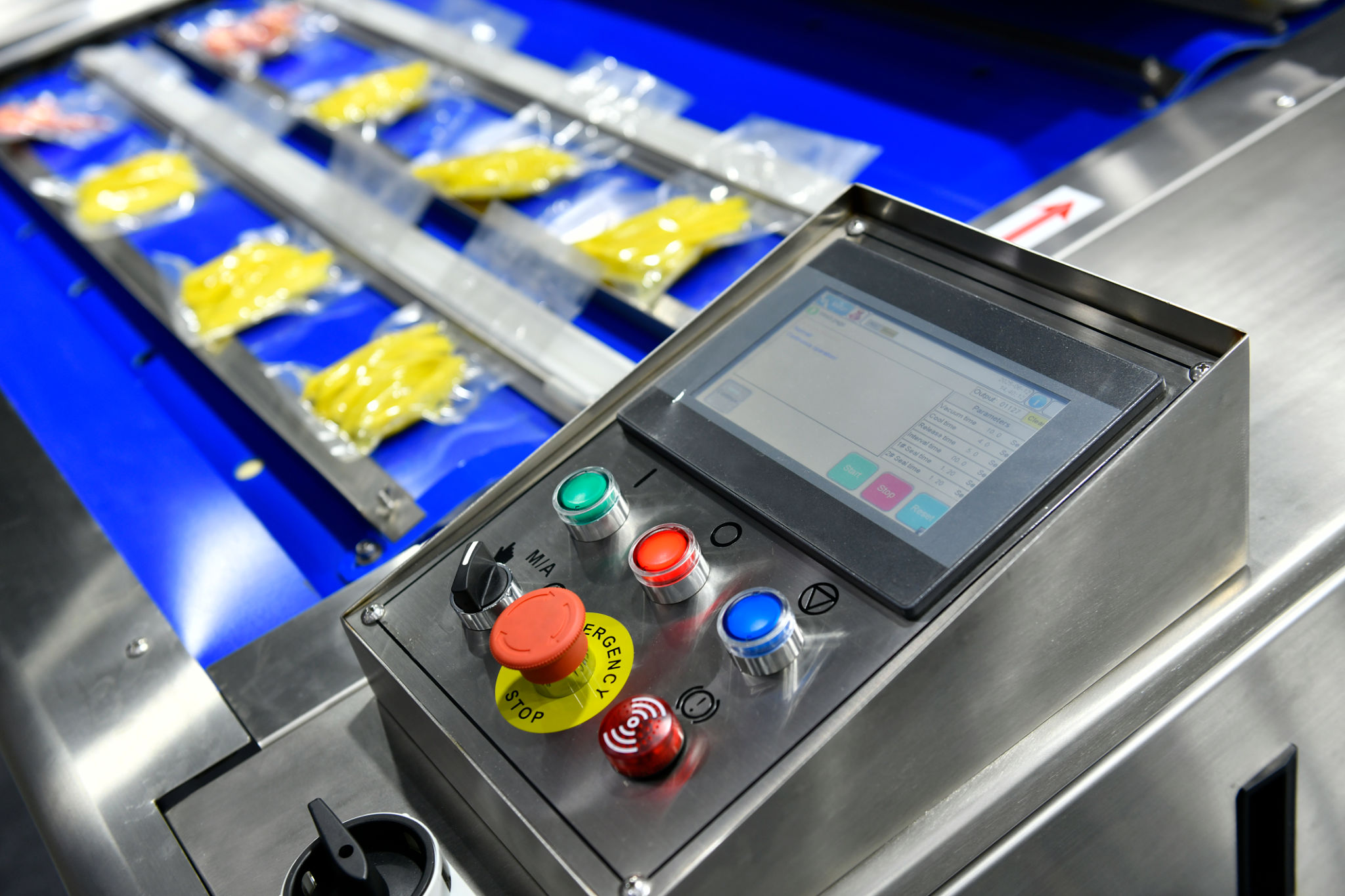A Step-by-Step Guide to Maintaining Your Food Packaging Machinery
Understanding the Importance of Maintenance
Maintaining your food packaging machinery is crucial for ensuring efficient operations and maximizing the lifespan of your equipment. Regular maintenance helps prevent unexpected breakdowns and costly repairs, keeping your production line running smoothly. By following a comprehensive maintenance routine, you can also ensure compliance with safety and hygiene standards, which are particularly vital in the food industry.

Establishing a Maintenance Schedule
One of the first steps in maintaining your food packaging machinery is to establish a regular maintenance schedule. This schedule should be based on the manufacturer's recommendations and tailored to your specific equipment and usage patterns. A well-structured schedule ensures that all components are checked and serviced at appropriate intervals, minimizing downtime and enhancing productivity.
Consider creating a maintenance log to track each service activity, noting any issues encountered and solutions implemented. This log can serve as a valuable reference for future maintenance and troubleshooting efforts.
Daily Checks and Cleaning
Daily checks are vital for maintaining the optimal performance of your machinery. Begin by inspecting the equipment for any visible signs of wear or damage. Ensure that all moving parts are adequately lubricated and that belts and chains are properly tensioned. Regular cleaning is equally important to prevent contamination and maintain hygiene standards. Be sure to clean all surfaces, paying special attention to areas that come into direct contact with food products.

Weekly and Monthly Maintenance Tasks
Apart from daily checks, implement weekly and monthly maintenance tasks to address more in-depth inspections and servicing needs. Weekly tasks may include checking for leaks, testing safety mechanisms, and inspecting electrical components for signs of wear. Monthly maintenance may involve calibrating sensors and other control systems to ensure accurate operation.
During these inspections, replace any worn or damaged parts immediately to prevent further deterioration and potential equipment failure. Using high-quality replacement parts is crucial for maintaining the reliability of your machinery.

Training Your Staff
An essential aspect of maintaining your food packaging machinery is ensuring that your staff is well-trained in both operation and maintenance procedures. Provide training sessions that cover routine checks, cleaning protocols, and troubleshooting techniques. Empowering your team with the knowledge and skills they need can significantly enhance maintenance efficiency and reduce the risk of operator error.
Regularly update training materials to reflect any changes in equipment or procedures, ensuring your staff remains informed and capable.
Leveraging Professional Support
While routine maintenance can often be handled in-house, there may be times when professional support is necessary. Engaging with experienced technicians for periodic inspections or when encountering complex issues ensures that your machinery is maintained according to industry standards. Professional support can also provide valuable insights into optimizing equipment performance and longevity.
Consider establishing a service agreement with a reputable provider to benefit from regular expert assessments and prompt response times in case of emergencies.
Conclusion
Maintaining your food packaging machinery is an ongoing effort that requires diligence, planning, and teamwork. By establishing a robust maintenance schedule, conducting regular checks, training staff effectively, and seeking professional support when needed, you can ensure that your equipment operates at peak efficiency while adhering to safety and hygiene standards. This proactive approach will ultimately lead to increased productivity, reduced downtime, and a longer lifespan for your valuable machinery.
